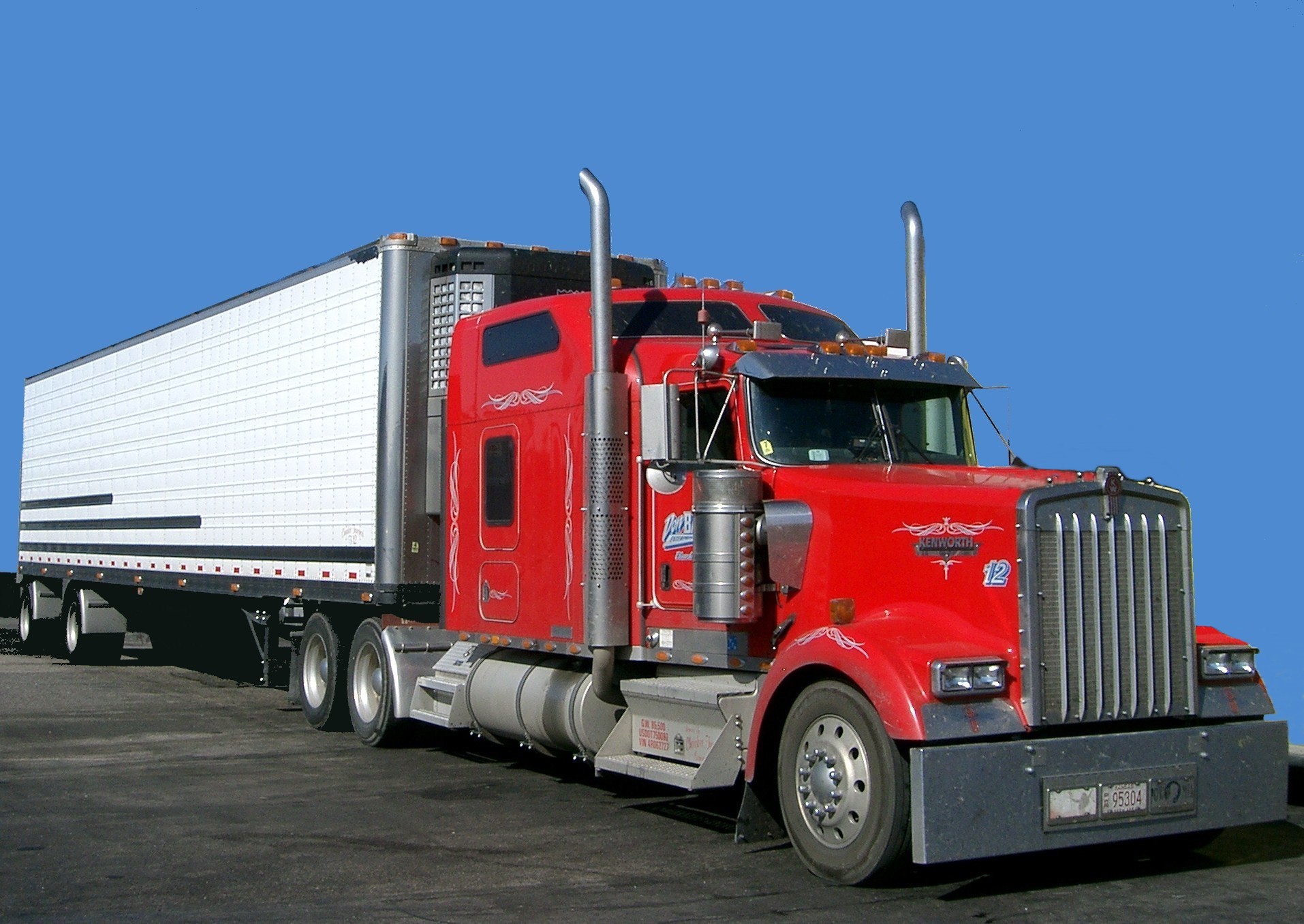When it comes to navigating the world of trucking, understanding the nuances of truck and trailer turning radius is paramount. This concept not only relates to maneuverability but also influences safety, efficiency, and overall operational effectiveness. The turning radius denotes the smallest circular turn a vehicle can make, a vital statistic for anyone involved in the transportation industry.
The significance of turning radius cannot be overstated. A vehicle with a smaller turning radius allows drivers to make tighter turns, which is especially beneficial in urban environments where space is limited. Conversely, larger vehicles like trucks and trailers have more extensive turning radii. This attribute requires careful consideration during driving, parking, and loading operations. As such, drivers must develop a keen awareness of their vehicle’s specifications and the environments they operate in.
Understanding the mechanics behind turning radius begins with the fundamental dimensions of the truck and trailer. The wheelbase—the distance between the front and rear axles—plays a crucial role in determining how sharply the vehicle can turn. A longer wheelbase generally results in a larger turning radius, while a shorter wheelbase enables tighter turns. For example, a standard box truck, with its compact wheelbase when compared to a long-haul tractor-trailer, presents considerably different handling characteristics.
Moreover, the type of trailer attached to the truck significantly influences the overall turning dynamics. For instance, a flatbed trailer, which is typically lower and less bulky, can maneuver more nimbly than an enclosed trailer that is taller and may have a wider breadth. This difference is a critical consideration for operators, particularly when executing complex maneuvers in tight spaces.
Another facet of the turning radius equation is the steering angle, or the degree to which the front wheels can pivot. A larger steering angle allows for tighter turns, improving the vehicle’s agility. However, it’s essential to balance steering responsiveness with stability; excessive agility can lead to loss of control. Furthermore, tandem axles and different axle configurations also affect turning radius, adding layers of complexity to the maneuvering experience.
Drivers must learn to anticipate the trailer’s path in relation to the truck. When making a turn, the rear wheels of the trailer do not follow the same trajectory as the front wheels of the truck, a phenomenon referred to as “off-tracking.” This means that the rear of the trailer will often swing wide, which can create hazards if there are obstacles nearby. Understanding off-tracking is essential for preventing accidents and ensuring safe operations in confined spaces.
Additionally, the terrain plays a significant role in vehicle performance. Drivers navigating hilly or uneven terrain must adjust their approach, as these conditions can impact both the turning radius and the overall handling of the truck and trailer. For instance, ascending or descending slopes can lead to increased momentum, necessitating more cautious and deliberate turning strategies to maintain control of the vehicle.
Moreover, load distribution is crucial. A well-placed load enhances stability and handling, while an imbalanced load can throw off the truck’s balance, making it more challenging to execute turns smoothly. Properly secured and evenly distributed cargo not only ensures compliance with safety regulations but can greatly enhance maneuverability.
For vehicle owners and operators, understanding the relationship between turning radius and terrain is essential for route planning. Before embarking on a journey, it is wise to assess potential turning challenges along the route. Google Maps and similar applications can provide insight into road characteristics, allowing drivers to pre-plan their maneuvers to mitigate risks associated with tight corners or narrow streets.
Training also plays an essential role in mastering turning radius operations. Drivers should undergo rigorous training that emphasizes understanding their vehicle’s specifications, how to calculate turning radius, and best practices for navigating tight spaces. This training should include simulations and practical experiences that develop muscle memory for executing safe and effective turns.
Moreover, incorporating technology into trucking operations can assist in managing turning radius challenges. Many modern trucks are equipped with advanced GPS systems and onboard telemetry that provide real-time feedback about vehicle performance and navigation. Such technologies can enhance situational awareness, helping drivers make informed decisions and effectively plan their turns.
In conclusion, understanding truck and trailer turning radius is multifaceted and requires a blend of knowledge, practical skills, and technological support. A tailored approach that considers vehicle specifications, cargo management, environmental factors, and training will significantly enhance a driver’s ability to maneuver safely and efficiently. Emphasizing these aspects not only ensures compliance with regulations but also promotes a culture of safety and professionalism within the trucking industry.
